By Christopher Miskimon
The night of October 26, 1942, was a hellish time for the soldiers and Marines on Guadalcanal, and it was about to get worse. The jungle in front of Marine Sergeant Mitchell Paige’s heavy machine-gun section contained 2,000 Japanese troops bent on piercing the thin line of American defenders and advancing north to Henderson Field, the airstrip providing the much needed airpower the Marines required to stay in the fight.
Paige had been in the corps for six years, enlisting at 18. He spent time in China, the Philippines, and Cuba before the war and was now considered an “Old Breed” Marine. Tonight, staring out into the dark and foreboding jungle, he could only wait for the coming fight. At 2 am the waiting was over. Gunfire broke out all along the line as a “seemingly endless wall” of Japanese emerged from shadow and charged up the hill toward the American positions. Paige ordered his machine guns to open up, adding to the swirling melee of the battle.
Within moments the enemy was upon them; Paige saw one of his gunners bayoneted so savagely he was lifted into the air. Others clashed with the enemy, falling on each other with swords and bayonets. A corporal was knocked to the ground and then saw a Japanese officer standing over him, a sword in his hands. He used his rifle to block the repeated attacks but it soon broke apart. As the enemy prepared to kill him, the corporal lashed out and kicked his opponent in the throat, killing him.
Despite the hand-to-hand combat the attack was beaten back, but another came an hour later. This time the enemy captured one spur of the ridge the Marines held. Paige saw a group of Japanese soldiers advancing on the company command post behind his position. He fired an entire 250-round belt into them, piling up bodies. As Paige reloaded and kept up his fire, steam hissed from the water jacket of his Browning .30-caliber. Soon he found he was alone, so he went to an adjacent company and borrowed a fresh machine gun and crew. They advanced into the enemy, who were using captured machine guns to enfilade the American line.
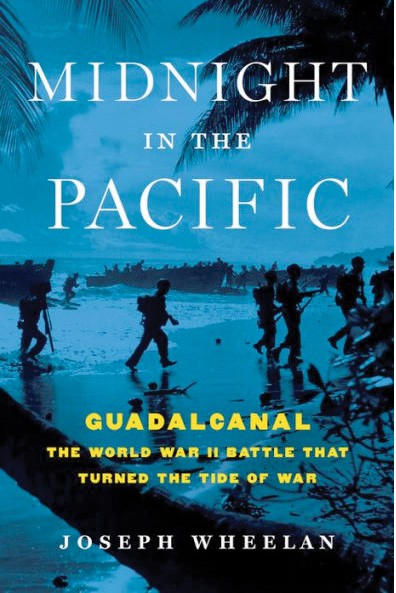 Paige spoke Japanese and shouted orders to stand up and hurry. Thirty Japanese rose from the tall kunai grass, and Paige mowed them down. Afterward, he led a few Marines in a charge down the hill, cradling his machine gun despite its overheated water jacket. When this second attack broke, the Japanese retreated, leaving 298 bodies on the ground. Much like John Basilone earlier in the Guadalcanal fighting, Paige held his position and repulsed a fierce attack that threatened the vital airfield. Both men would be awarded the Medal of Honor for their actions, Paige for his service on what would forever be known as Bloody Ridge.
Paige spoke Japanese and shouted orders to stand up and hurry. Thirty Japanese rose from the tall kunai grass, and Paige mowed them down. Afterward, he led a few Marines in a charge down the hill, cradling his machine gun despite its overheated water jacket. When this second attack broke, the Japanese retreated, leaving 298 bodies on the ground. Much like John Basilone earlier in the Guadalcanal fighting, Paige held his position and repulsed a fierce attack that threatened the vital airfield. Both men would be awarded the Medal of Honor for their actions, Paige for his service on what would forever be known as Bloody Ridge.
The Battle of Guadalcanal was America’s first great victory on land during World War II, but it was a hard-fought action where the suffering was not just in battle. The Marines nicknamed it Operation Shoestring due to its hasty planning and logistical difficulties. Supply shortages, disease, and climate all added to the ordeal. The two forces battered at each other with all they could muster until the Japanese finally quit the fight. The battle was also fought in the air and seas around the island, making it a true joint military effort. This harrowing campaign is recalled in both the misery and courage of the participants in Midnight in the Pacific: Guadalcanal—The World War II Battle That Turned the Tide of War (Joseph Wheelen, Da Capo Press, Boston, 2017, 400 pp., maps, photographs, notes, bibliography, index, $28.00, hardcover).
The author combines accounts of the land, sea, and air battles fought on and around Guadalcanal to show the true scope of the fighting. It is well researched and uses accounts by high-ranking officers and private soldiers alike to provide a thorough retelling of what the fighting was like. His prose is readable and clear, allowing the reader to advance through the pages with ease. He deftly switches from ground battles to naval engagements and aerial dogfights while keeping a sense of the overall story and maintaining a chronological narrative. It is an impressive chronicle of one of the critical campaigns of the war.
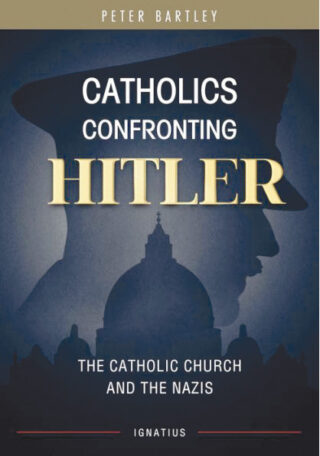 Catholics Confronting Hitler: The Catholic Church and the Nazis (Peter Bartley, Ignatius Press, San Francisco, 2016, 291 pp., bibliography, index, $17.95, softcover)
Catholics Confronting Hitler: The Catholic Church and the Nazis (Peter Bartley, Ignatius Press, San Francisco, 2016, 291 pp., bibliography, index, $17.95, softcover)
World War II affected Europe’s religious life in significant ways. The Third Reich sought to suppress religion and even replace it as the ideology of the people. The Catholic Church went through great difficulty during this period. Many of its churches were closed, and thousands of bishops and priests were shot or sent to concentration camps such as Dachau. After the war the Catholic Church was criticized for not resisting the Nazis sufficiently and has even faced accusations of complicity. This book argues that the church resisted the Reich as well as possible given the Nazi monopoly on force. The church hierarchy up to the level of the Pope did what it could to fight back, including cooperating with Protestants and Jews. The author presents a cogent argument and gives examples of Catholic resistance from across Europe. Many of these Catholics paid a high price for adherence to their faith, and this work documents these incidents in the effort to present a positive view of the church’s wartime struggle under Hitler’s Nazi regime.
The Second World Wars: How the First Global Conflict Was Fought and Won (Victor Davis Hanson, Basic Books, New York, 2017, 720 pp., maps, photographs, notes bibliography, index, $40.00, hardcover)
Tanks rolling across the fields of France, artillery crashing across the sands of Egypt, torpedoes crashing into freighters in the North Atlantic, infantry fighting at close quarters in the Burmese jungle, and bombers raining ruin upon cities characterized World War II as a truly a global conflict, the first ever fought across such a wide variety of landscapes and distances. The youth of the combatant nations fought each other with new weapons, some of which were not yet well understood. When it ended, more than 50 million were dead, and entire nations lay in ruin.
The author is an eminent historian who brings the disparate campaigns of the war together into a coherent narrative, showing how these widely spread efforts came together into an interconnected war with direction and purpose. He also makes a case that the war’s outcome was never truly in doubt and successfully argues the Axis was prepared to win limited conflicts along their borders but could never achieve victory in a global war. There is even an effective connection made between World War II and the previous 3,000 years of military history, an association the author is superbly placed to make.
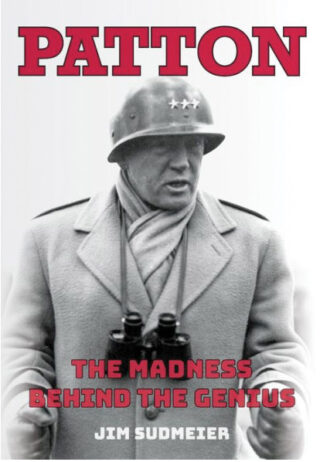 Patton: The Madness Behind the Genius (Jim Sudmeier, Createspace, North Charles-ton, SC, 2017, 235 pp., maps, photographs, appendices, notes, bibliography, index, $17.95, softcover)
Patton: The Madness Behind the Genius (Jim Sudmeier, Createspace, North Charles-ton, SC, 2017, 235 pp., maps, photographs, appendices, notes, bibliography, index, $17.95, softcover)
George Patton is an enduring figure in American military history. He is often revered for his aggressive spirit, unrelenting drive, and single-minded pursuit of victory. He had a reputation as a hard man, stern with his troops and inflexible toward his enemy. Patton was famous as the man who drove the U.S. Army to victory in North Africa, advanced across Sicily, and finally drove the Germans across France and back into Germany in 1944-1945. He was also the man who led troops against protesting veterans in the 1930s, slapped a soldier suffering from fatigue, and spent a year on the sidelines for that act. Despite the endurance of his reputation, it is also a tale of a temperamental and complex man.
This book delves into Patton’s mental state, which the author, a scholar and scientist, argues was fragile and unstable. There are numerous examples to back this assertion, pointing toward Patton’s cruelty, his ego, and his superiority complex. Various events in his life are analyzed, from successes at Bastogne and North Africa to his failures such as the Hammelburg Raid. The end result is a balanced look at the man, highlighting his virtues but giving equal attention to his failings. It neither glorifies him nor attempts to destroy him.
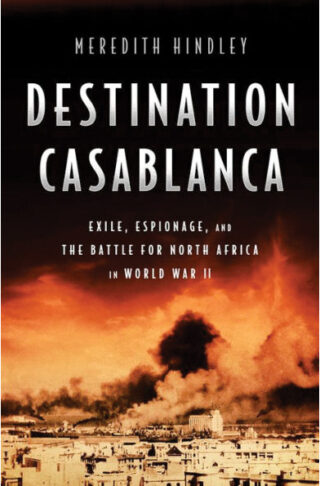 Destination Casablanca: Exile, Espionage and the Battle for North Africa in World War II (Meredith Hindley, Public Affairs Books, New York, 2017, 512 pp., maps, photographs, notes, bibliography, index, $30.00, hardcover)
Destination Casablanca: Exile, Espionage and the Battle for North Africa in World War II (Meredith Hindley, Public Affairs Books, New York, 2017, 512 pp., maps, photographs, notes, bibliography, index, $30.00, hardcover)
American troops came ashore in French Morocco on November 8, 1942. Three days later they were in control of the entire country, including the valuable port city of Casablanca. That location was famous for the then recent Hollywood movie starring Humphrey Bogart. The city itself was in fact a den of spies and intrigue, not too different from the film’s core theme, though its details were inaccurate. Casablanca was filled with European refugees, Jews in particular, trying to flee the conquering Germans. It also held scores of Nazi spies, which gave rise to a gathering of Allied spies and resistance operatives as well. After its seizure by the Americans, however, it became a critical logistics hub for operations in the region. It also was the location of the famous Allied conference in which Prime Minister Winston Churchill and Persident Franklin D. Roosevelt demanded the unconditional surrender of the Axis powers.
The book is full of the personalities who populated the city at various times in its wartime history, from world leaders down to local citizens and expatriates. The city played a major role in the war in North Africa and further on into Sicily and Italy. The author states her case effectively, explaining the city’s importance to the reader with in-depth research and prose that weaves the various personal accounts together. Casablanca receives scant attention in most accounts of the war; this work reveals its vital role in the Allied prosecution of the war.
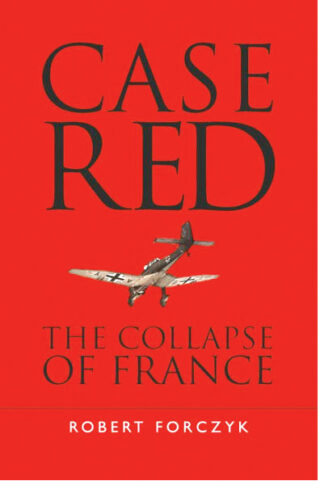 Case Red: The Collapse of France (Robert Forczyk, Osprey Publishing, Oxford, UK, 2017, 464 pp., maps, photographs, appendices, notes, bibliography, index, $40.00, hardcover)
Case Red: The Collapse of France (Robert Forczyk, Osprey Publishing, Oxford, UK, 2017, 464 pp., maps, photographs, appendices, notes, bibliography, index, $40.00, hardcover)
Case Yellow, the German plan for the offensive against France, Holland, and Belgium in May 1940, is widely known. It resulted in the evacuation of the British Expeditionary Force (BEF) from continental Europe in early June 1940, along with a number of French soldiers, all of them taken to Britain. This was not the end of the fighting in France, however. There were weeks of a follow-on operation, Case Red, in which the Wehrmacht went on to conquer metropolitan France in hard fighting. The Germans had to pierce the Weygand Line, a much harder fight than the breakthrough at Sedan. A second BEF was actually sent to France, but it could not be effectively used before the Germans achieved their final and decisive breakthrough. This led to a second evacuation from a number of remaining ports, which succeeded in taking 200,000 to safety. Meanwhile, the French leadership debated whether they should flee to North Africa or England—or surrender.
This book is a detailed look at the last three weeks of the fall of France. Most histories give little space to this period, perhaps a few paragraphs or even a chapter. Here, the entire work is dedicated to enlightening the reader about how France actually collapsed. This was a time of tough fighting, much of which puts paid to the common perception that the Nazi invasion was entirely one sided. It is full of detail from both sides, showing how generals and field soldiers struggled against one another in personal ways during a dark time for France, England, and all of Europe.
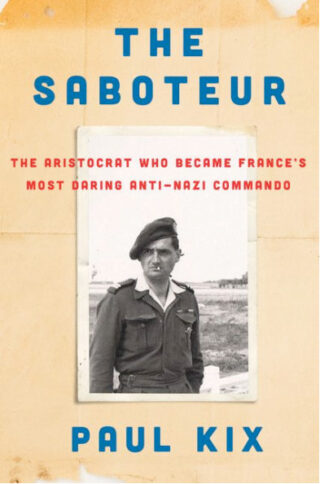 The Saboteur: The Aristocrat Who Became France’s Most Daring Anti-Nazi Commando (Paul Kix, HarperCollins, New York, 2017, 320 pp., photographs, notes, bibliography, index, $$27.99, hardcover)
The Saboteur: The Aristocrat Who Became France’s Most Daring Anti-Nazi Commando (Paul Kix, HarperCollins, New York, 2017, 320 pp., photographs, notes, bibliography, index, $$27.99, hardcover)
Robert de la Rochefoucauld was the product of his family’s extensive wealth and position. He grew up in remarkable chateaux and attended the finest schools. It was clear his life would be one of comfort and relative ease. Then the Nazis came, conquered and occupied his country, and imprisoned his father. Robert avoided capture and went to England, where he joined the Special Operations Executive, known notoriously as the “Ministry of Ungentlemanly Warfare.” He learned to kill, pick locks, open safes, and plant bombs. With these newfound skills, he returned to his homeland and created resistance cells, taking the fight to the Nazis with all the fervor he could muster. Eventually caught, his German captors tortured him for months but never broke him. He escaped execution twice, once only moments before an SS squad shot him and the other by leaping from a moving truck. He survived the war and passed away in 2012.
To research this book the author covered five countries, interviewed dozens of people, including Robert’s surviving relatives, and read thousands of pages of documents and books in four languages. The book reads almost as a spy novel, with engaging prose and a fast pace. It tells the story of a man who could have sat out the war in relative luxury and allowed others to liberate his nation. Instead, he leaped into the war effort and did all he could for France and its people.
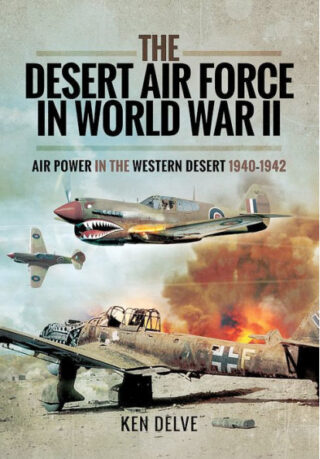 The Desert Air Force in World War II: Air Power in the Western Desert 1940-1942 (Ken Delve, Pen and Sword Books, South Yorkshire, UK, 2017, maps, photographs, appendices, $39.95, hardcover)
The Desert Air Force in World War II: Air Power in the Western Desert 1940-1942 (Ken Delve, Pen and Sword Books, South Yorkshire, UK, 2017, maps, photographs, appendices, $39.95, hardcover)
The war in North Africa is generally seen as one of tanks in the desert maneuvering across sandy plains, raising enormous clouds of dust, and fighting swirling battles around the odd town or oasis. The skies above the desert were a battlefield of their own, however, as Allied and Axis planes dueled and bombed. The 1st Tactical Air Force, which would become known as the Desert Air Force, was the Commonwealth organization that did its best to scour enemy aircraft from the air, strike enemy combat troops, and disrupt the enemy’s logistics networks. It was composed of British, South African, and Australian squadrons that were later joined by a few American units in 1942. Their story is a lesser known yet vital part of the war in North Africa.
This work is an overall look at the Desert Air Force. Its aircraft and weapons are covered in detail with many drawings and photographs. The airfields, operations, and aircrews are also given detailed attention. The notable offensive and defensive battles are explained as well. There are also a large number of appendices providing extensive background information, giving the reader a good general view of an air force that deserves more attention than it usually receives.
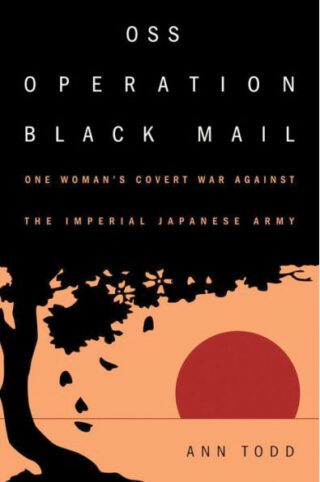 OSS Operation Black Mail: One Woman’s Covert War Against the Imperial Japanese Army (Ann Todd, Naval Institute Press, Annapolis, MD, 2017, 280 pp., maps, photographs, notes, bibliography, index, $27.95, hardcover)
OSS Operation Black Mail: One Woman’s Covert War Against the Imperial Japanese Army (Ann Todd, Naval Institute Press, Annapolis, MD, 2017, 280 pp., maps, photographs, notes, bibliography, index, $27.95, hardcover)
The OSS fought on all fronts during World War II. Elizabeth McIntosh spent her war in the China-Burma-India Theater, engaging in psychological warfare against the Japanese Army. She spread false news reports, propaganda, and fake orders to demoralize and mislead the enemy. Elizabeth once ordered the death of a Japanese courier so a fake surrender order could be planted on him. She also obtained letters written by Japanese soldiers and their families and altered them to frustrate and distress the recipients. The young agent created thousands of radio scripts, pamphlets, and rumors, targeting the enemy in personal and biting ways. Along the way she met Ho Chi Minh and another OSS agent, Julia Child. Propaganda was her weapon, and Elizabeth was an expert in its use.
This is a fascinating look at the use of implacable and harsh psychological operations against a mortal enemy, conducted without restraint or remorse. The author delves into Elizabeth’s story in a way that makes it seem almost fictional, but the book is obviously well researched. Her subject is a real-life hero who is still acknowledged for her skill and work by the present day intelligence community. It is a tribute to the accomplishments of a legendary American spy who started in the OSS and continued her career in the postwar CIA.
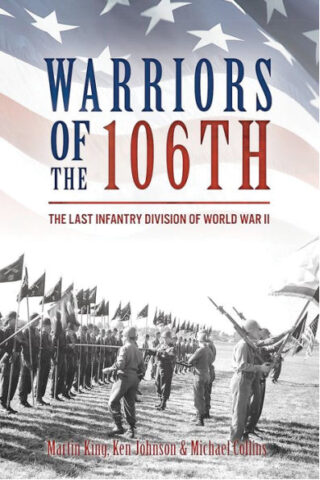 Warriors of the 106th: The Last Infantry Division of World War II (Martin King, Ken Johnson, and Michael Collins, Casemate Publishers, Havertown, PA, 2017, 336 pp., maps, photographs, appendix, bibliography, index, $32.95, hardcover)
Warriors of the 106th: The Last Infantry Division of World War II (Martin King, Ken Johnson, and Michael Collins, Casemate Publishers, Havertown, PA, 2017, 336 pp., maps, photographs, appendix, bibliography, index, $32.95, hardcover)
On December 16, 1944, the German Army began its last great offensive of World War II. It rolled into the forested Ardennes region, beginning the action that would soon be known as the Battle of the Bulge. Directly in the path of the Nazi onslaught was the green U.S. 106th Infantry Division. The unit had only recently arrived in theater and was placed in the Ardennes because it was a quiet sector. Two of the division’s regiments were overrun around the town of Schonburg, resulting in the capture of 6,800 men. They went into POW camps, where they went through a different kind of ordeal. One of those prisoners was Kurt Vonnegut, who would later use his experiences in his famous book Slaughterhouse Five. The rest of the division fought on. Many joined the defense of St. Vith, while others fought behind the lines until they could link up with other Americans. After the Bulge the 106th carryied the fight into Germany and ended the war on occupation duty. It spent 63 days in combat.
The 106th is a famous division because of the Bulge, but much of its story is unknown, placed in shadow by the surrender and St. Vith. This book goes into detail about the unit’s experiences, including numerous personal accounts by its veterans. They give the reader a frontline look at both battlefields and POW camps. The work adds measurably to the body of knowledge on the Ardennes and the European Theater.
New and Noteworthy
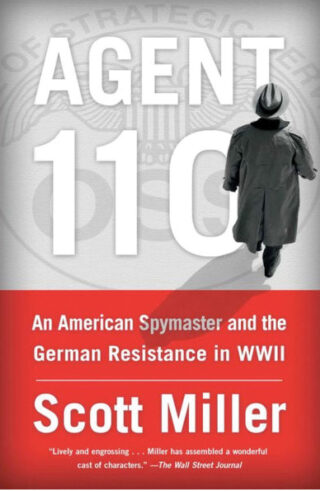 Agent 110: An American Spymaster and the German Resistance in World War II (Scott Miller, Simon and Schuster, 2017, $28.00, hardcover) Allen Dulles slipped into Switzerland before the Germans sealed the border. There, he found evidence of the nascent German resistance movement against the Third Reich.
Agent 110: An American Spymaster and the German Resistance in World War II (Scott Miller, Simon and Schuster, 2017, $28.00, hardcover) Allen Dulles slipped into Switzerland before the Germans sealed the border. There, he found evidence of the nascent German resistance movement against the Third Reich.
So Long for Now: A Sailor’s Letters from the USS Franklin (Jerry L. Rogers, University of Oklahoma Press, 2017, $29.95, hardcover) Elden Rogers was one of 800 men who died aboard the aircraft carrier Franklin on March 19, 1945. This book reconstructs his life through his letters and those of his family.
World War II at Sea: A Global History (Craig L. Symonds, Oxford University Press, 2017, $34.95, hardcover) This acclaimed naval historian ties together naval battles from across the globe into a coherent narrative of the war at sea.
Neglected Skies: The Demise of British Naval Power in the Far East, 1922-42 (Angus Britts, Naval Institute Press, 2017, $34.95, hardcover) This work chronicles the gradual deterioration of British naval strength before World War II and how this affected the fighting with the Japanese in 1941-42.
The Falaise Gap Battles: Normandy 1944 (Simon Forty and Leo Marriott, Casemate Publishers, 2017, $16.95, softcover) This book compares wartime and modern photographs to create a picture of the famous battle to trap the German Army in France. It highlights units as well as phases of the operation.
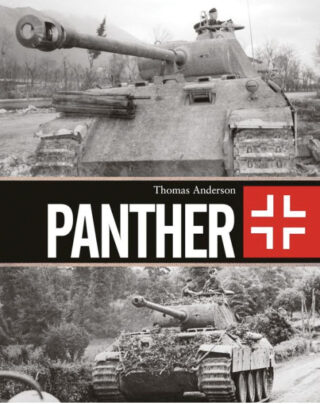 Slybirds: A Photographic History of the 353rd Fighter Group During the Second World War (Graham Cross, Fighting High Publishing, 2017, $49.95, hardcover) This unit took part in all the major aerial battles over Europe from mid-1943 on. A thorough search of the photographic archives was used to create this coffee table book.
Slybirds: A Photographic History of the 353rd Fighter Group During the Second World War (Graham Cross, Fighting High Publishing, 2017, $49.95, hardcover) This unit took part in all the major aerial battles over Europe from mid-1943 on. A thorough search of the photographic archives was used to create this coffee table book.
Panther (Thomas Anderson, Osprey Publishing, 2017, $30.00, hardcover) The Panther tank was arguably the best German tank of the war. This book covers its development, design, and service.
Objective Saint-Lo: 7 June 1944–18 July 1944 (Georges Bernage, Pen and Sword, 2017, $39.95, hardcover) This is day-by-day account of the famous battle during the Normandy campaign. It covers both the American and German points of view.
A Noble Treason: The Story of Sophie Scholl and the White Rose Revolt Against Hitler (Richard Hanser, Ignatius Press, 2017, $17.95, softcover) Sophie and her friends formed a resistance group to the Nazis at the University of Munich. Eventually they paid a heavy price for their convictions.
Pearl Harbor’s Hidden Heroes (Colonel Charles A. Jones, Createspace, 2017, $25.95, softcover) Eighteen men were awarded the Medal of Honor for their actions in Hawaii during World War II. This work tells their stories.
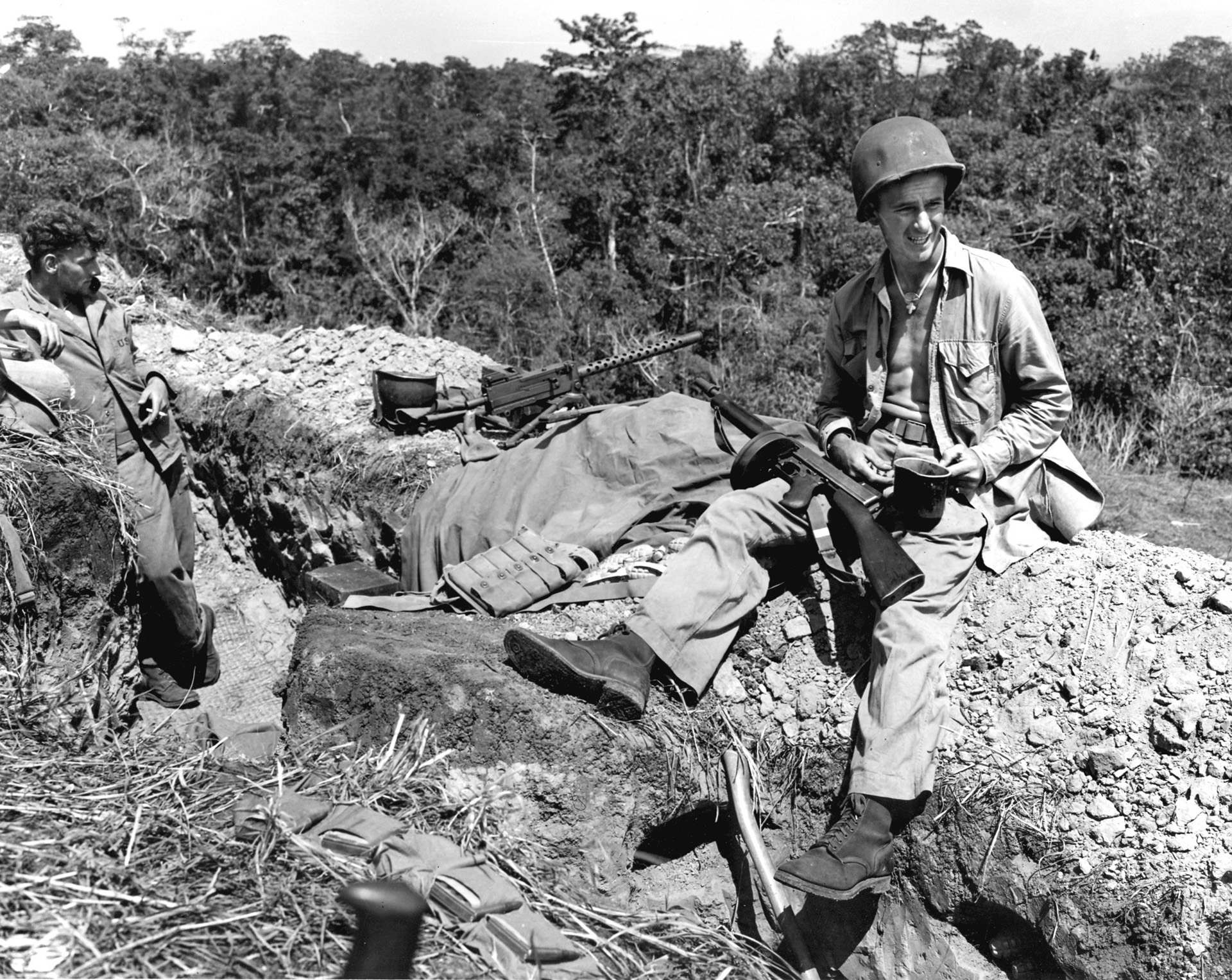
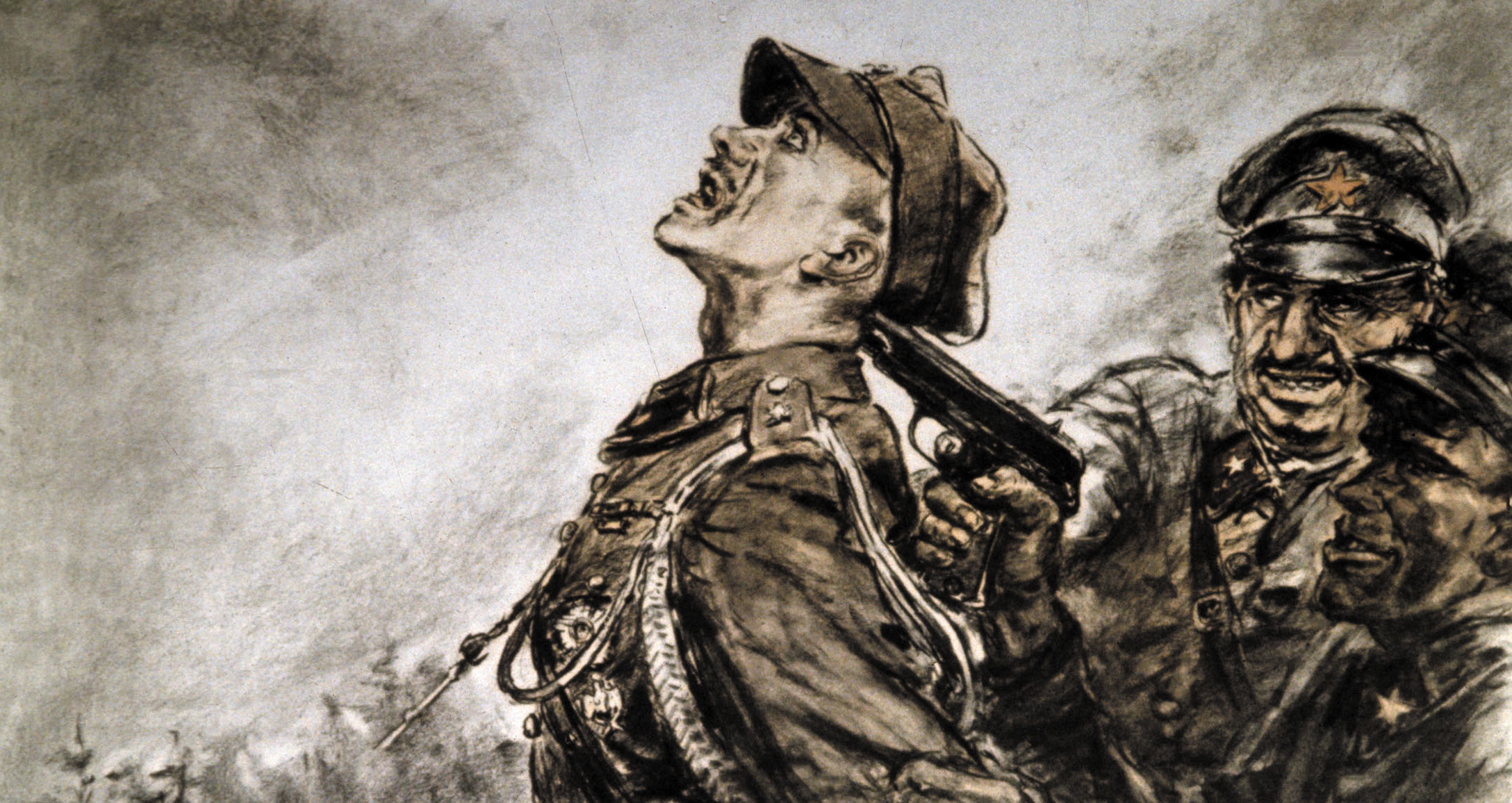
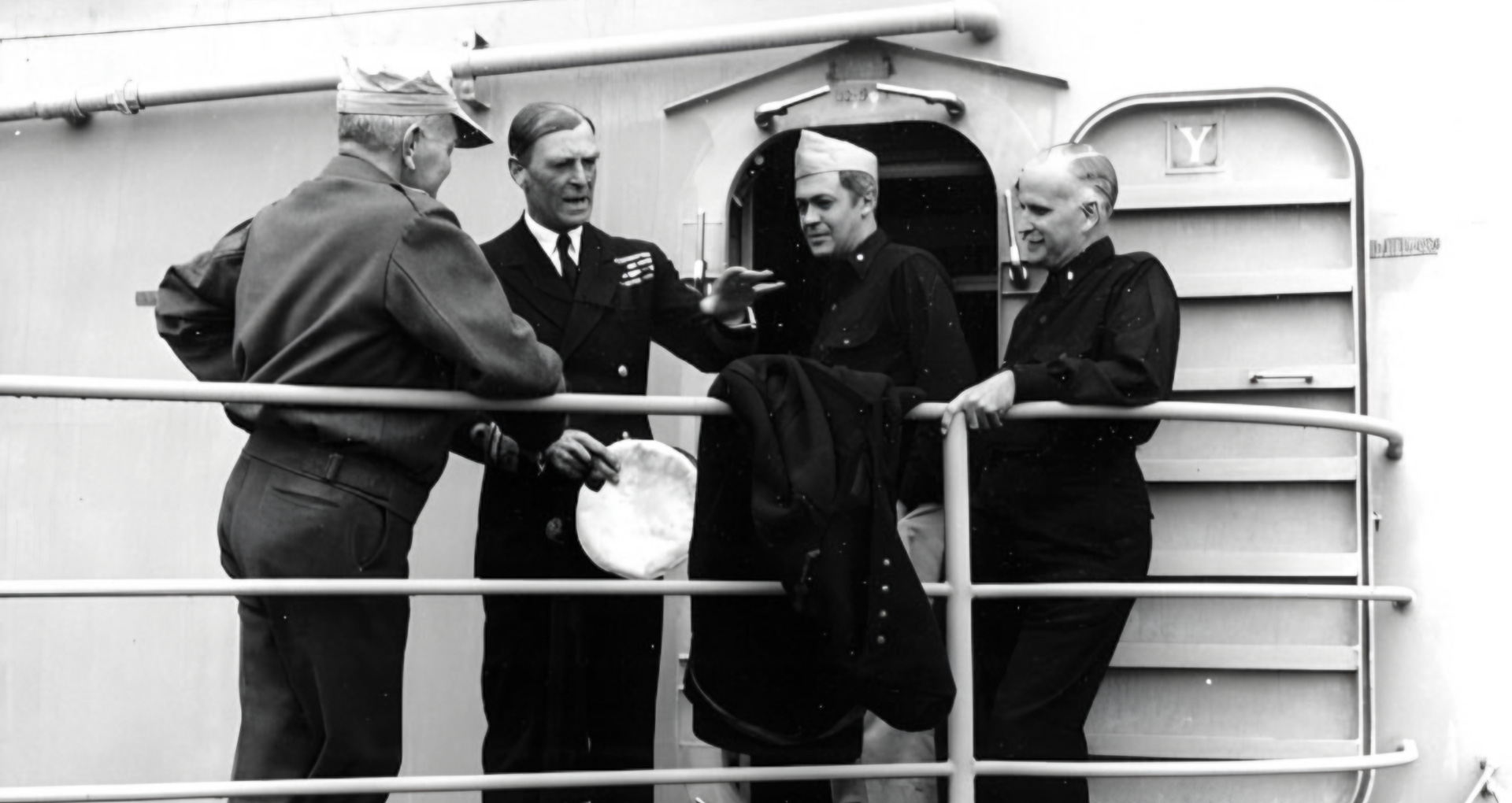
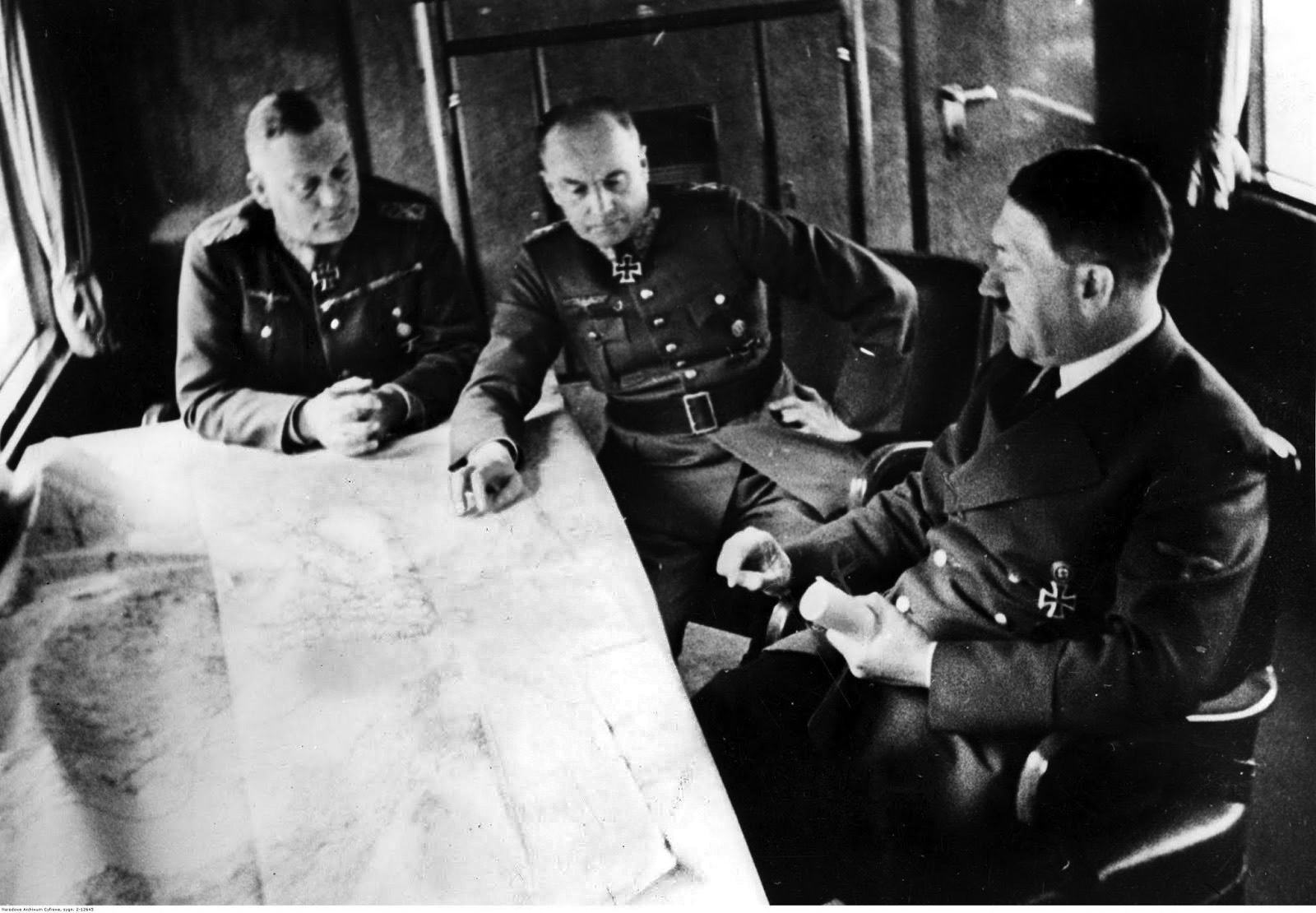
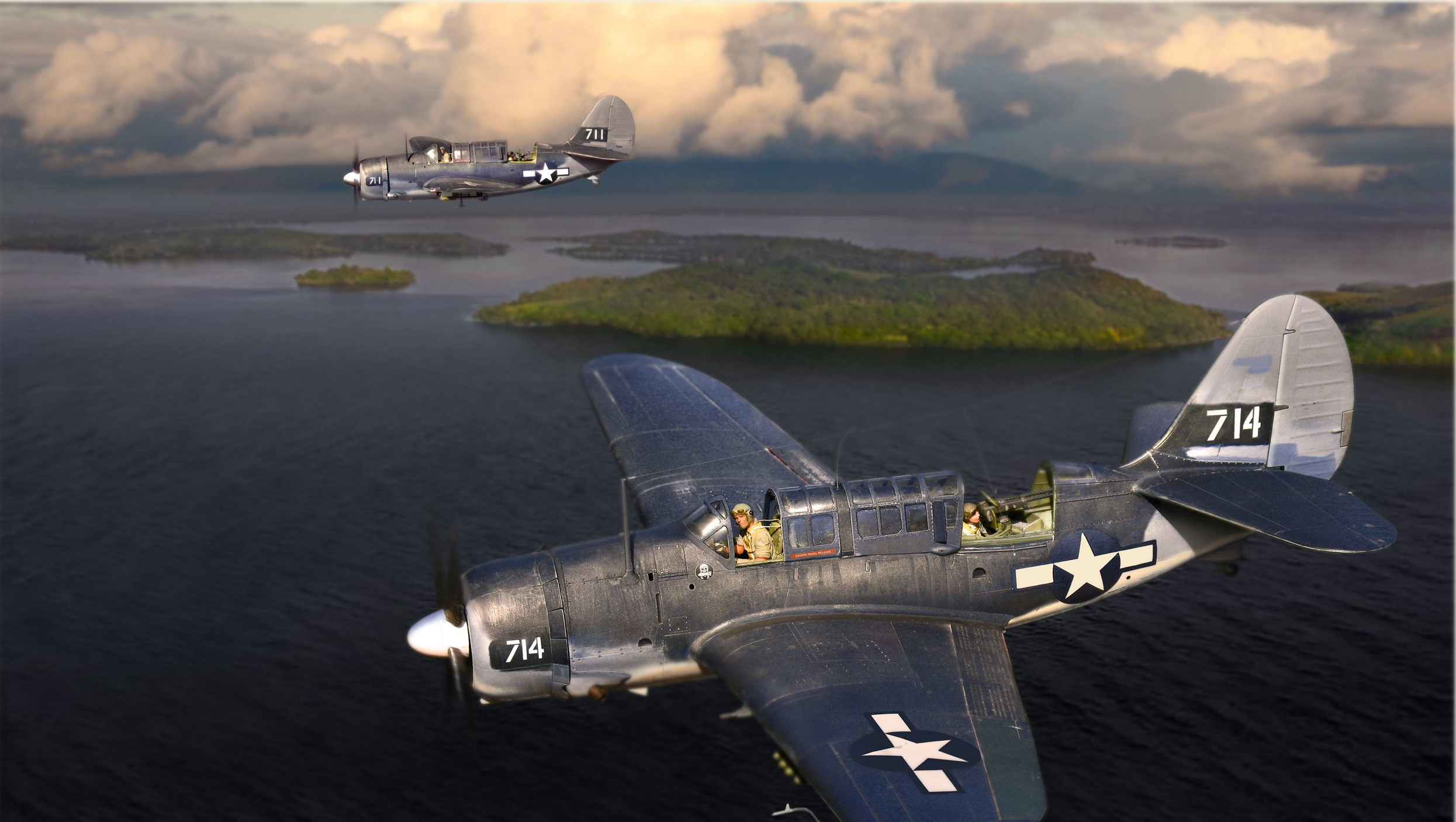
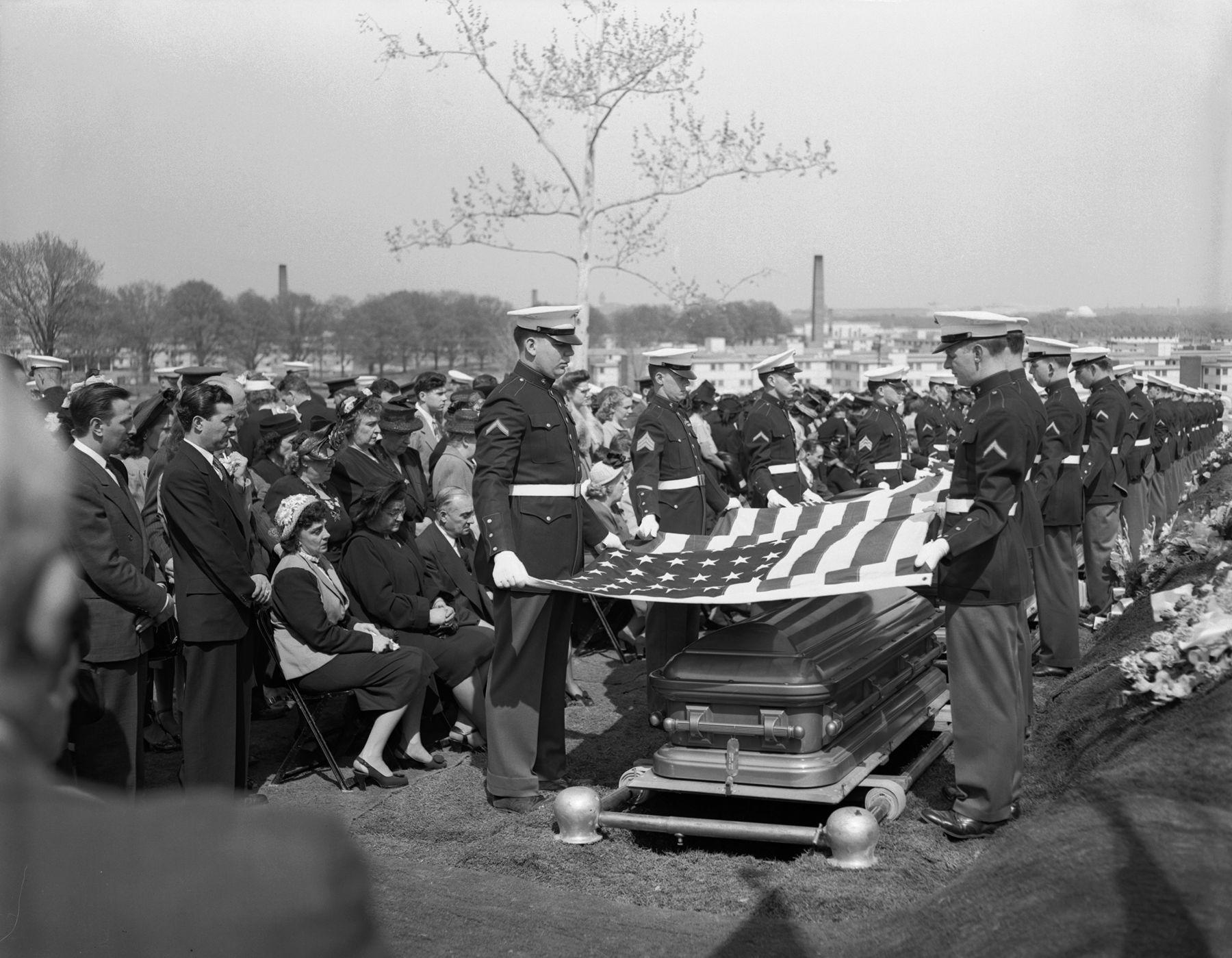
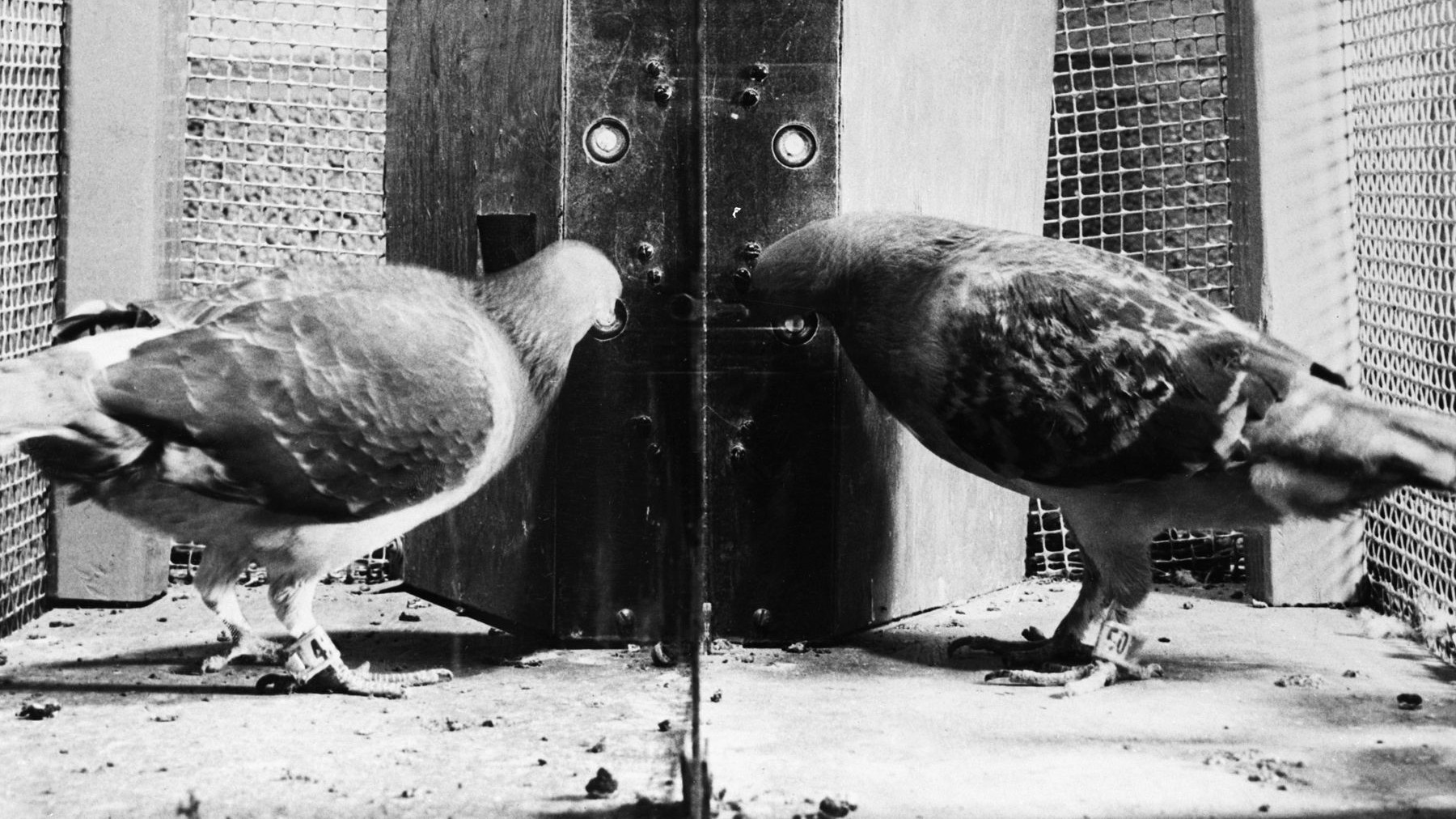
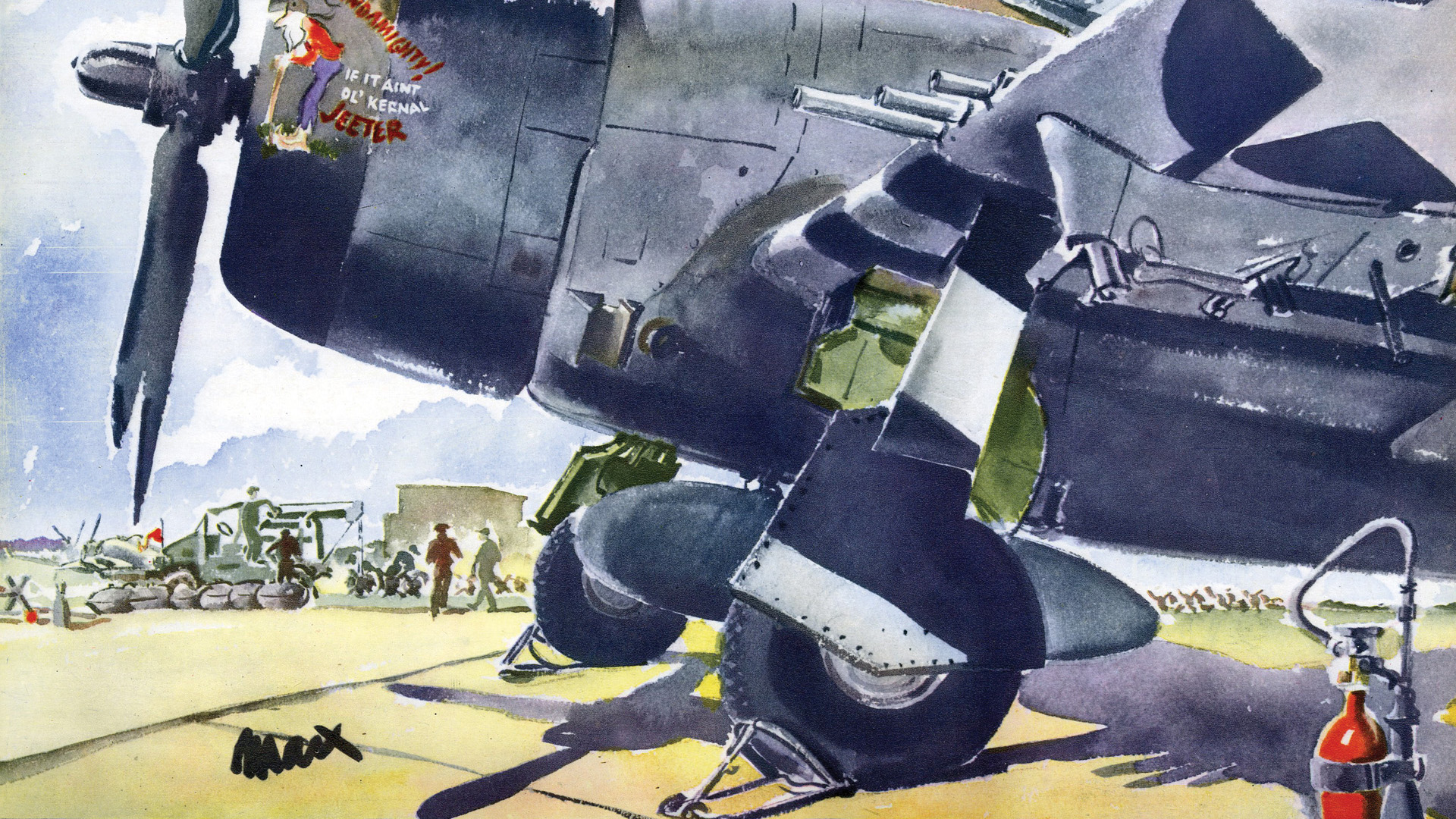
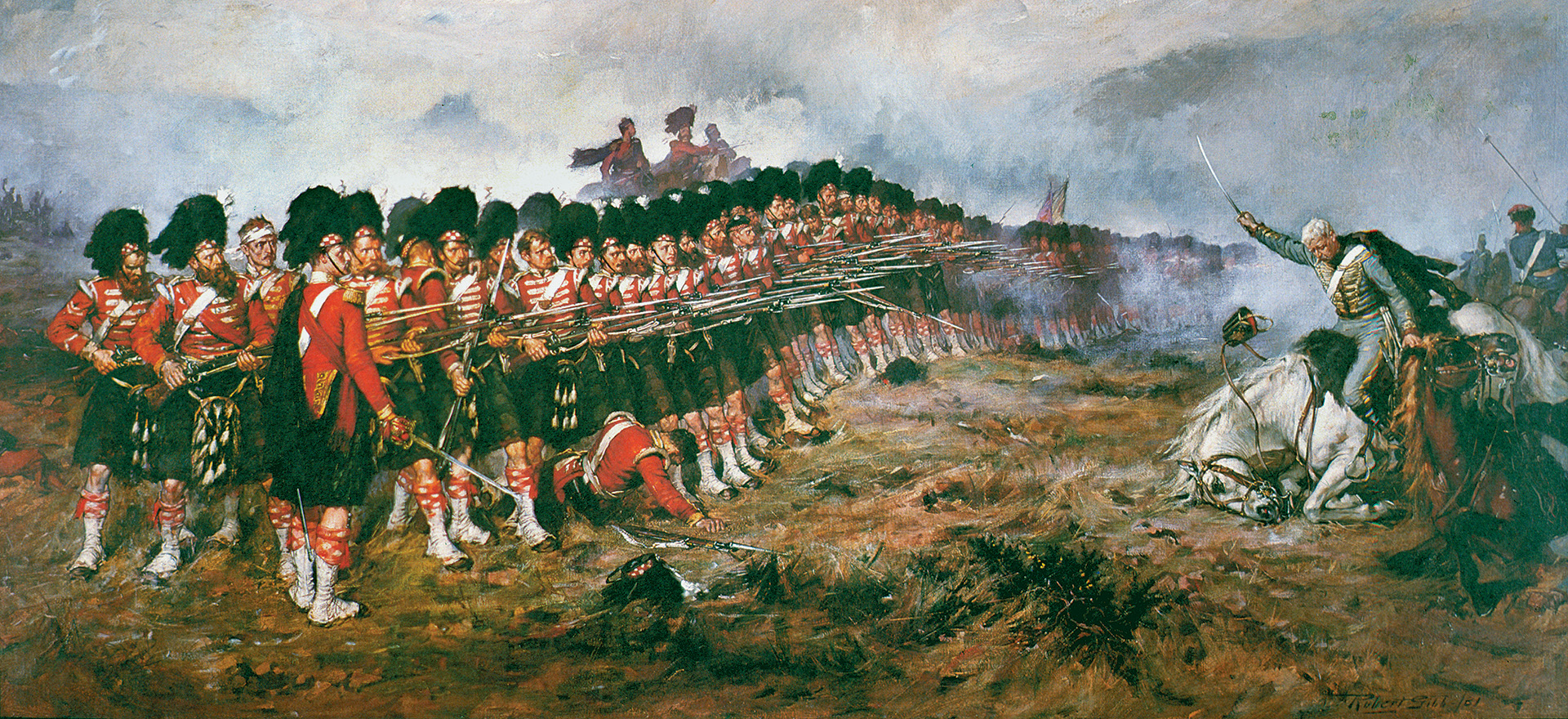
Join The Conversation
Comments
View All Comments